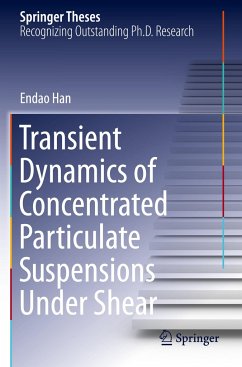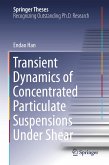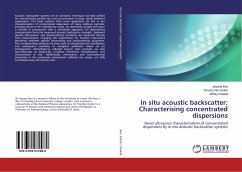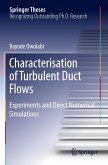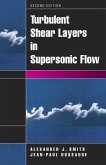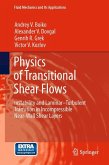This thesis demonstrates the first use of high-speed ultrasound imaging to non-invasively probe how the interior of a dense suspension responds to impact. Suspensions of small solid particles in a simple liquid can generate a rich set of dynamic phenomena that are of fundamental scientific interest because they do not conform to the typical behavior expected of either solids or liquids. Most remarkable is the highly counter-intuitive ability of concentrated suspensions to strongly thicken and even solidify when sheared or impacted. The understanding of the mechanism driving this solidification is, however, still limited, especially for the important transient stage while the response develops as a function of time. In this thesis, high-speed ultrasound imaging is introduced to track, for the first time, the transition from the flowing to the solidified state and directly observe the shock-like shear fronts that accompany this transition. A model is developed that agrees quantitativelywith the experimental measurements. The combination of imaging techniques, experimental design, and modeling in this thesis represents a major breakthrough for the understanding of the dynamic response of dense suspensions, with important implications for a wide range of applications ranging from the handling of slurries to additive manufacturing.

